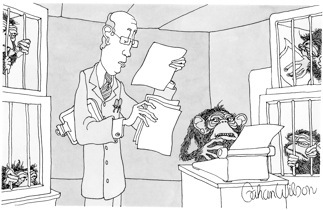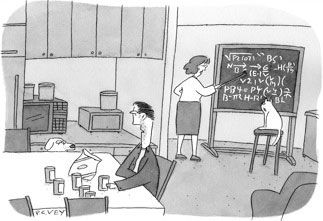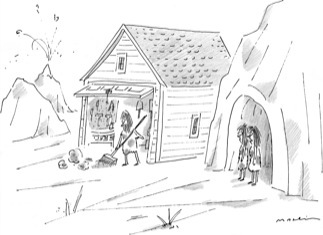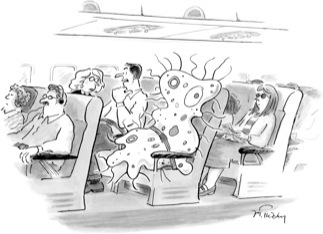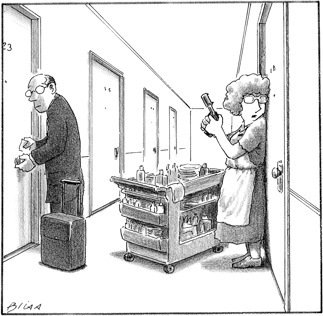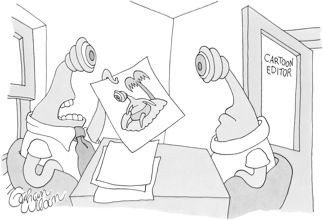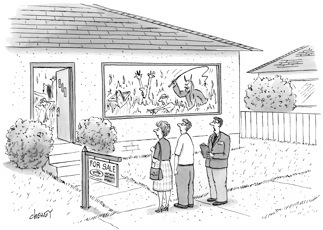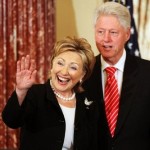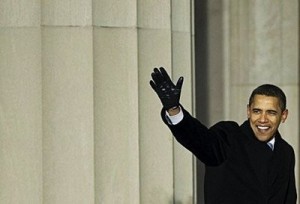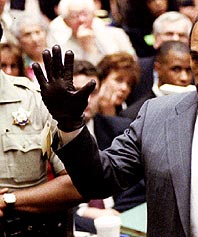Everyone watched the CBS Evening News with Walter Cronkite.
To read the name of that essential program, to recall the announcer’s voice that introduced it (“THIS IS the CBS Evening News with Walter Cronkite”), is to realize how fitting those few words were. In the 1960’s and 70’s the news came to us with, and through, Walter Cronkite. And because of who he was, an essential civic function was carried out in a manner at once graceful, authoritative, and mature. Cronkite will never be duplicated by any other broadcaster.
I remember him, in his early retirement years, serving as Master of Ceremonies for the initial Kennedy Center Honors programs celebrating outstanding achievement in the Performing Arts. And, let’s be frank, who among us didn’t wish, every time we saw him in those years, for him to lead a Restoration, to return to the news anchor desk and restore class and professionalism to the field. Who can deny that, post-Cronkite, TV journalism has been on a downhill slide that continues to this day.
I remember the Kennedy assassination broadcast in 1963. I remember the magnetic pull of our black and white TV, those three terrible dark days. It was another twenty-five year before I next saw those minutes of Cronkite’s choked announcement, a man pulling off his glasses to look up at a clock so he could add reportorial precision, factness, to devastating emotion. Twenty-five years later I was visiting the museum at the Texas School Book Depository in Dallas. The exhibition space leads visitors in a meandering path until you hear Cronkite’s broadcasting voice, which draws you to turn a corner and see, on a monitor, him delivering the fatal news. As I expected, this brought the adult me to tears (while on screen Cronkite regained his composure), and I felt embarrassed, surrounded as I was by a class of high school kids on a field trip, for whom this all meant next to nothing.
In 1967, as a faithful nightly viewer, I remember Cronkite announcing each week the casualty figures of the Vietnam War, and how those numbers climbed steadily into the hundreds, week after week, until the repetitive and cumulative effect of death’s ostinato wore all of us down. Then one evening came the pricking of the boil: Cronkite, out-of-character, pronounced the war simply not winnable. In that extraordinary and necessary departure from routine, he shocked us awake, and changed history.
Most of all I remember his hosting live daytime News Specials on the occasion of the launching of each Mercury, Gemini, and Apollo mission. He played with model capsules along with his guest astronaut pals. He demonstrated docking maneuvers. He deftly took the role of the nation’s educator, called on Wernher von Braun to explain why a certain plan was being followed rather than some other. Then, after years in the making, this careful series of steps culminated in his ultimate joy, a joy sweetly child-like coming from a man with a serious senior body and beautiful Midwestern voice. The triumph of the 1969 lunar landing. At that moment, as at other moments, his was the breathing and his was the voice, of America.
Cronkite was the embodiment of the principle that if you chart and follow a course that is steady, constant, and controlled, you are likely to achieve success.
For some reason I remember one other out-of-character event — the time he addressed us in the TV audience upon his return to the anchor desk after a summer vacation spent sailing. If I recall this correctly, he actually was into his third or fourth broadcast of the week of his return to the air. I’m talking about the time he revealed to us why his hair looked different; it had turned reddish from the sun, he explained. Though my memory may be faulty, I don’t think I’m making this up. The reason I remember this is, of course, because like millions of others, I had come to think of Cronkite as a member of the family, a substitute father, or as he was commonly known, Uncle Walter. That was a rare moment when he thought he owed us something more than simply being, night after night, the epitome of professionalism.
We now know it is all of us who owe him so much.


